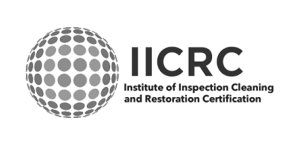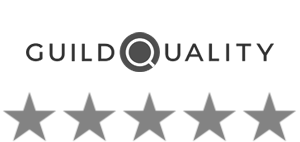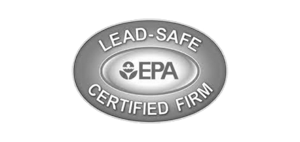After a flood, the risk of mold growth is a serious concern. The CDC says mold can start growing in 24 to 48 hours after water exposure. This makes quick action very important.
Mold exposure can cause health problems like breathing issues and allergic reactions. It’s vital to act fast after a flood to stop mold from spreading. This ensures a safe place for everyone.
Quick mold removal and flooded house cleanup are key to reducing risks. Knowing how fast you need to act helps homeowners protect their health and property.
Key Takeaways
- Mold can start growing within 24 to 48 hours after a flood.
- Mold exposure can lead to health issues such as respiratory problems.
- Prompt cleanup is critical to prevent mold growth.
- Effective mold removal is essential for a safe and healthy environment.
- Flooded house cleanup should be done immediately to mitigate risks.
Understanding Mold Growth After Flooding
Water damage from flooding can lead to mold growth if not fixed quickly. Houses flooded by water are at high risk of mold. This is because moisture can get into walls, floors, and ceilings, creating a perfect spot for mold to grow.
Why Flooded Houses Are Prone to Mold
Flooded houses are more likely to have mold because flooding brings a lot of water. This water can soak into building materials. Mold remediation is key to stop further damage. It’s important to start water damage restoration quickly to prevent mold growth.
- Excessive moisture from flooding
- Water seepage into building materials
- Favorable temperatures for mold growth
Health Risks Associated with Mold Exposure
Mold exposure can cause health problems, like allergies and breathing issues, as Consumer Reports notes. Being around mold, like black mold, for a long time can make health issues worse. It’s important to know these risks to take the right steps for mold remediation.
- Allergic reactions to mold spores
- Respiratory issues, such as asthma
- Other health complications from prolonged exposure
Common Types of Mold in Flooded Homes
Flooded homes can have different types of mold, with some being more dangerous. Black mold removal is very important because of its health risks. Other common molds include Aspergillus and Penicillium, which can also harm health.
- Black mold (Stachybotrys chartarum)
- Aspergillus
- Penicillium
How to Get Rid of Mold in a Flooded House
After a flood, it’s key to remove mold to avoid health risks and property damage. Homeowners must follow important steps to make their house safe and healthy again.
Safety Precautions Before Starting
Before starting mold removal, safety is a top priority. Wear gloves, masks, and eye protection to avoid mold spores. Also, make sure the area has good air flow.
Key safety measures include:
- Wearing N95 respirators or higher to filter out mold spores
- Using rubber gloves to prevent skin contact
- Protecting eyes with goggles
- Ensuring the area is well-ventilated
Assessing the Extent of Mold Damage
It’s important to know how much mold damage there is before starting. Look for mold in all flooded areas and figure out the mold type.
Steps to assess mold damage:
- Inspect all areas that were exposed to floodwater
- Check for visible signs of mold and musty odors
- Consider hiring a professional for a thorough assessment if the damage is extensive
Drying and Dehumidifying the Area
Drying and dehumidifying the area is key to stop mold from growing more. Use fans, heaters, and dehumidifiers to dry it out.
Effective drying techniques include:
- Using industrial fans to circulate air
- Employing dehumidifiers to reduce moisture levels
- Opening windows for natural ventilation when possible
Cleaning and Removing Mold
To clean and remove mold, use the right cleaning solutions and methods. The CDC suggests using bleach and water to clean and disinfect.
Guidelines for cleaning mold:
- Mix a solution of one cup of bleach per gallon of water
- Apply the solution to the affected area and let it sit for a few minutes
- Scrub the area thoroughly and rinse with clean water
- Dispose of any materials that are severely damaged or cannot be cleaned
Conclusion: Preventing Future Mold Problems
It’s key to stop mold from growing after a flood to keep your home safe and healthy. To do this, keep your home dry and well-ventilated. Fix leaks, improve drainage, and lower humidity.
Homeowners can prevent mold by making sure their homes have working sump pumps and backup systems. Check for water damage signs often and fix problems quickly to stop mold.
Knowing how to remove mold from a flooded house and prevent it from coming back is important. It helps protect your home and family’s health. Good flooded house cleanup means removing mold and taking steps to stop it from coming back.













